You are what you eat as the saying goes but if you run some tests on that food – as one biology teacher did with her class – you might find out that what you are is pretty disgusting. Biology professor Dr.Jennifer McDonald asked her students to go out to various sushi restaurants and bring back a sample for their lab assignment, so they could extract the DNA and find out if the fish name on the menu was in fact what it said it was. Not only did the class expose some serious fish fraud they uncovered some other seriously stomach-churning “ingredients.”
This biology teacher’s twitter thread has exposed sushi restaurants for some pretty “fishy” practices

Image credits: AwesomeBioTA
Dr. McDonald is a biology professor at Fanshawe College in London, Ontario. Recently she tweeted out an experiment she was conducting with her students to sequence the fish DNA from restaurant sushi and see if the fish matched their menu labels. The students were studying Polymerase chain reactions, or PCR: “a laboratory technique used to make multiple copies of a segment of DNA. PCR is very precise and can be used to amplify, or copy, a specific DNA target from a mixture of DNA molecules.”Each fish has its own unique genetic sequence which makes it easy to detect fraud.
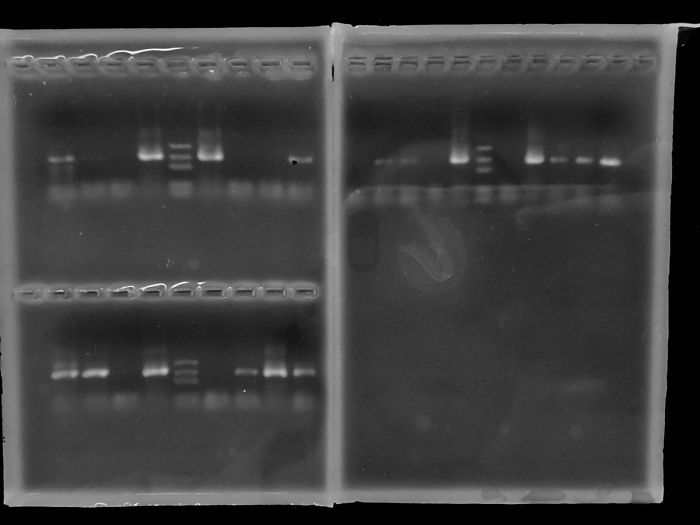
Image credits: AwesomeBioTA
But what kind of restaurant would mislabel their fish? As it turns out there are multiple studies on the fraud fish industry and the results all agree that there are some fishy practices going on in restaurants all across the U.S. According to a 2013 study by ocean conservation group Oceana 74% of fish sold in sushi restaurants in America are mislabeled. Even the most expensive fish on the menu isn’t a safe bet. One DNA expert found that 94% of the time someone orders “red snapper” it is, in fact, another fish entirely.

Image credits: AwesomeBioTA
Food fraud is a $50 billion annual industry that doesn’t just stop at sushi restaurants but can be found in grocery stores as well. A good example of this is “white tuna” a fish that doesn’t actually exist beyond the label. Typical tunas we consume fall under the categories of albacore (light colored tuna), bluefin, yellowfin, or ahi, are (darker tunas). Oceana found that 84 percent of “white tuna” samples they tested in the U.S. was actually a fish called escolar. Escolar has been banned in Japan since 1977, because their government believes it to be toxic, and with good reason. This fake tuna can make you extremely ill.

Image credits: AwesomeBioTA
She instructed her students, “Bring it into the lab next time on campus, put it in our “class freezer” on the bottom shelf. On Friday, we took those samples, minced them so small it would make world-class chefs shed tears of envy, and extracted the DNA from the fish. Amplified the CO1 gene using PCR.”

Image credits: AwesomeBioTA
The teacher tweeted that she was anxious to see the results and had no clue what they would find, “So now my class of 16 will have a set of samples to look at real-life prevalence of food fraud in the seafood industry. What are we going to find? No idea! But I’m willing to put $5 on that NOT being “red tuna”. The tilapia is also almost certainly red snapper. We’ll see!” Well even she was shocked at the results

Image credits: AwesomeBioTA

Image credits: AwesomeBioTA

Image credits: AwesomeBioTA

Image credits: AwesomeBioTA
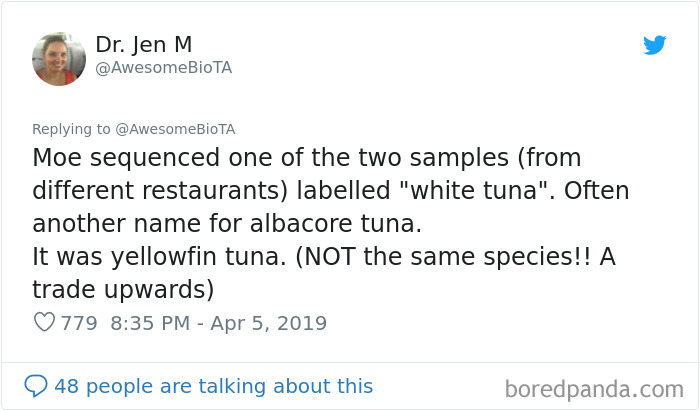
Image credits: AwesomeBioTA
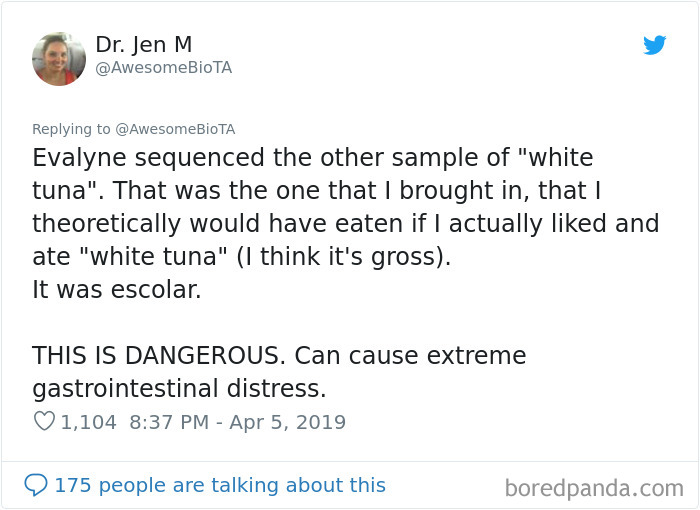
Image credits: AwesomeBioTA
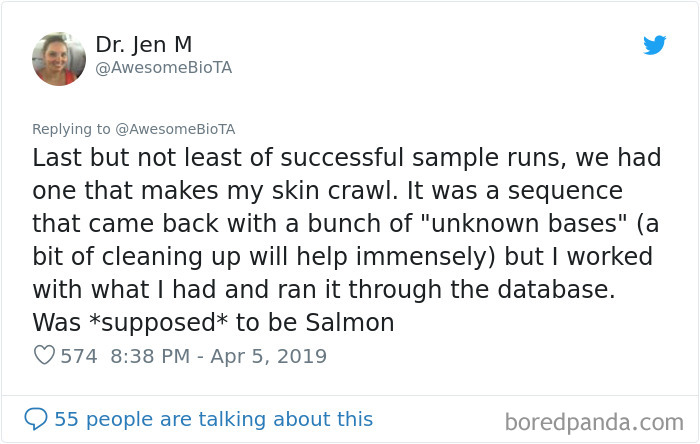
Image credits: AwesomeBioTA

Image credits: AwesomeBioTA

Image credits: AwesomeBioTA

Image credits: AwesomeBioTA
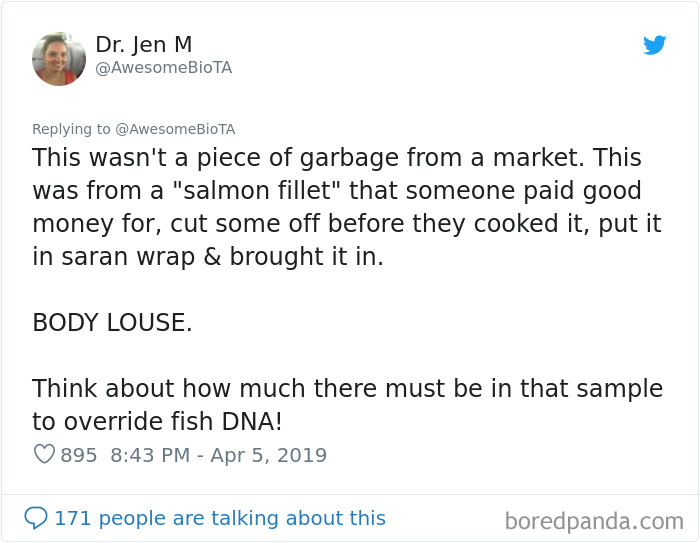
Image credits: AwesomeBioTA
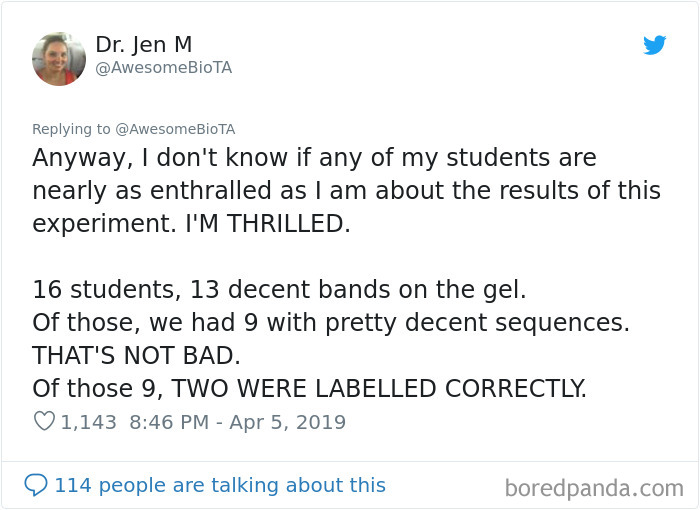
Image credits: AwesomeBioTA

Image credits: AwesomeBioTA
People were amazed and grossed out by the experiment

Image credits: carinarynn
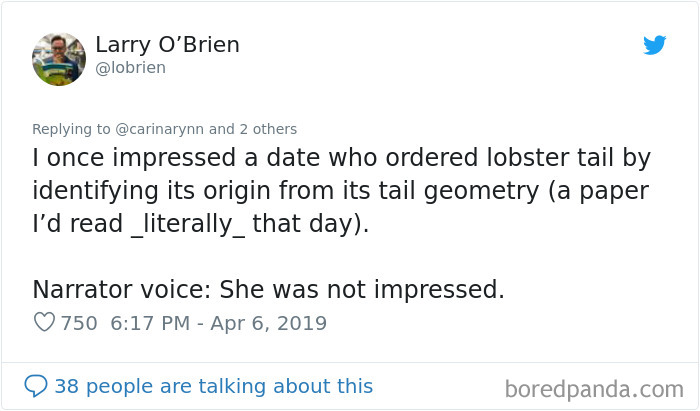
Image credits: lobrien

Image credits: ambivalentricky

Image credits: Steff_Moraal
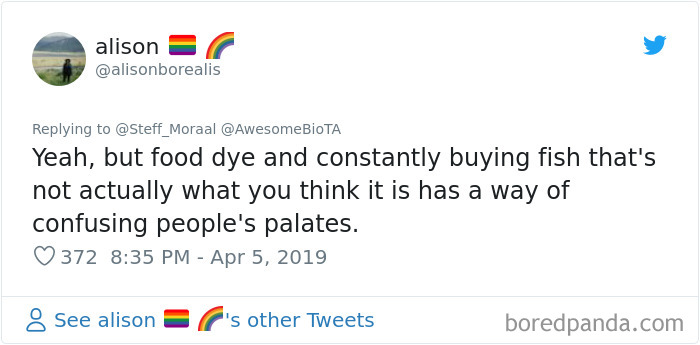
Image credits: alisonborealis

Image credits: cferak

Image credits: Marimikel

Image credits: TinaLasisi
by Gerda via Bored Panda - Source

No comments: